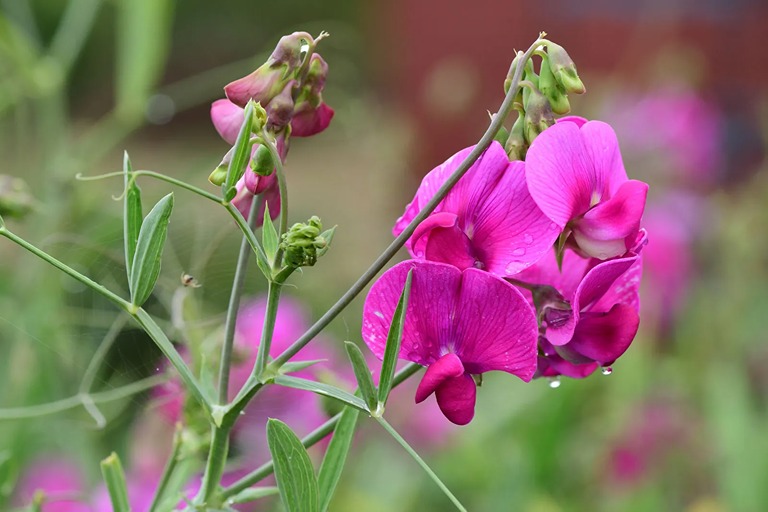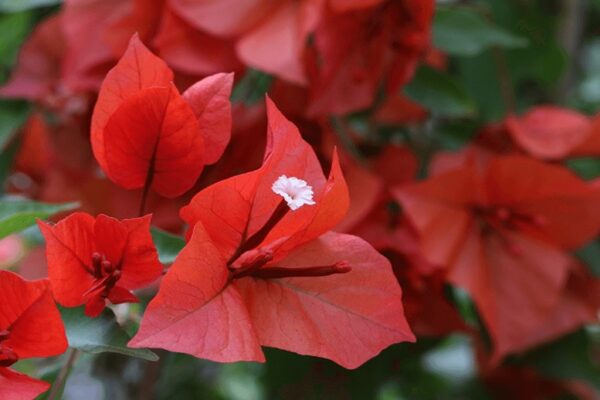Explore 12 Easy to Grow Flowers for Home
Easy to grow flowers are perfect for beginners or those with limited gardening experience. With their low-maintenance nature, easy to grow flowers are great choices for busy individuals or those with a hectic lifestyle.
Easy flowers are a hassle-free option for gardening, yet they possess a remarkable impact. Contrary to their simplicity, these blooms have the ability to infuse your garden with vibrant colors, captivating beauty, and intriguing allure. Adding a touch of beauty to any garden, easy to grow flowers require minimal effort and still provide stunning results.
Whether it’s the timeless and universally cherished sunflowers, the alluring chocolate cosmos, the delicate sweet peas, or numerous other choices, these top picks are certain to reward your minimal efforts with a profusion of colorful petals, exquisite forms, and often delightful fragrances.
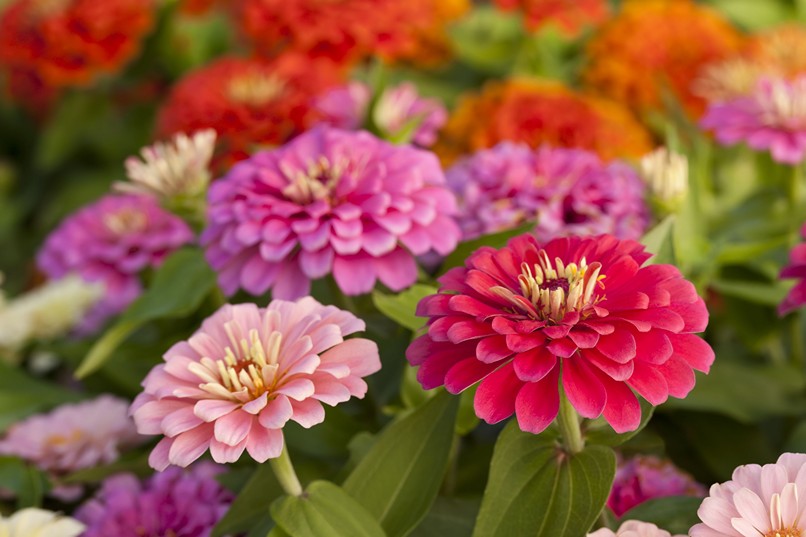
Whether you have a small balcony or a spacious garden, easy to grow flowers are a fantastic way to add color and charm to your outdoor space. The simplicity of growing these flowers allows for even the involvement of children, which is an added bonus. Furthermore, it’s important to note that while these flowers thrive in gardens; many varieties also flourish indoors on a sunny windowsill.
This means that you don’t require vast amounts of space to introduce splendor and vibrant hues into your surroundings. Whether you have a small balcony where you can plant them in containers or a sunny border waiting to be adorned, you’ll soon find yourself reveling in a stunning display of nature’s magnificence.
1. Calendula
Calendula is a long-flowering annual plant that adds simplicity, rapid growth, and low maintenance to your garden. It blooms from June to October, creating a vibrant splash of orange color. Additionally, if you choose to harvest and consume the flowers, calendula offers various health benefits. Bees also find them irresistible.
Maintenance: Sow calendula seeds in the fall or late spring directly in the area where you want them to flower. Once they bloom, calendula requires minimal maintenance, only occasional watering. Deadheading spent blooms will encourage further flower production.
Soil type and location: Calendula thrives in poor to moderately fertile, well-drained soil. It can be planted in full sun or partial shade.
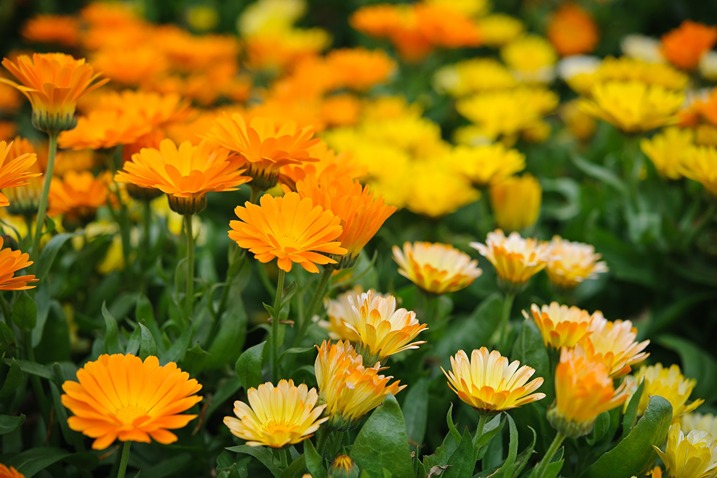
2. Common Poppy
Poppies are exceptional for infusing gardens with vibrant colors, especially in larger landscapes with meadow patches. Plant them individually for a striking impact or incorporate them into a wildflower mix for a charming cottage-style look.
Maintenance: Sow poppy seeds in the designated area during fall or late spring. Water the seeds thoroughly but infrequently, rather than providing frequent light watering. Slightly disturb the soil to assist with germination.
Soil type and location: Common poppies prefer poor soil conditions and thrive when exposed to full sun.
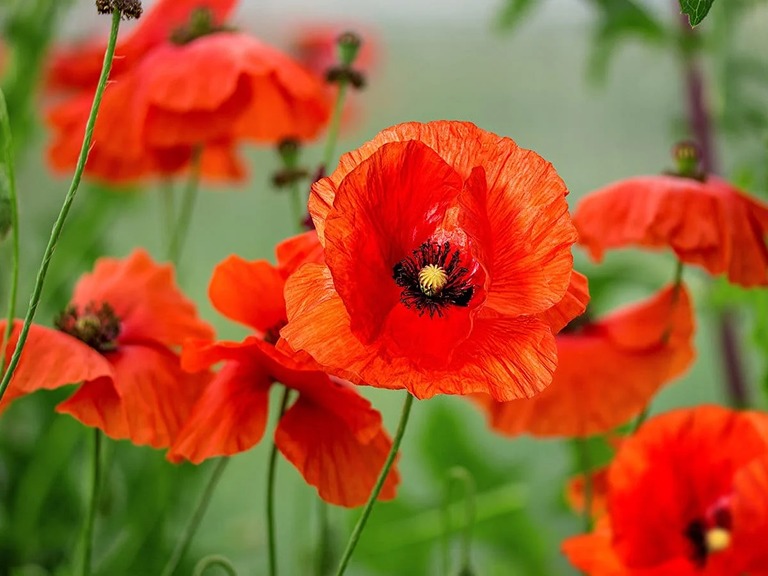
3. Cosmos
Cosmos Atrosanguineus, also known as chocolate cosmos, can be either annuals or perennials. These flowers exhibit delicate, daisy-like forms and divided leaves when they bloom in the summer. While they are fairly hardy, they require mulching in the fall and protection from frost in winter. Cosmos, in general, are among the easiest and most rewarding flowers to grow.
Care and maintenance: Sow cosmos seeds indoors or under cover during spring and transplant them after the final frosts. Alternatively, sow the seeds directly outdoors in early May.
Soil type and location: Cosmos thrive in moist but well-drained, moderately fertile soil and they flourish when exposed to full sun. Their open flowers offer easy access to nectar for bees, and they make lovely additions to pots or as cut flowers displayed in vases, adding a vibrant touch of color to any living space.
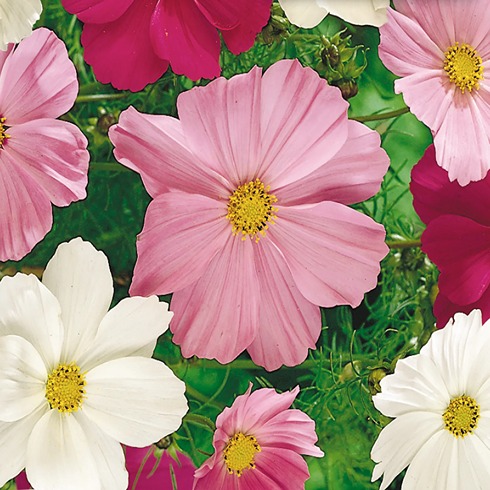
4. Geraniums
Geraniums, commonly known as Pelargoniums, are tender plants that bring joy and visual appeal to any garden. The extensive variety of geraniums allows for an enchanting mix and match of colors. Upright geraniums create a splendid border display, while trailing pelargoniums add a breathtaking touch to window boxes.
Maintenance: Geraniums have one fundamental requirement: abundant sunlight. Plant them in a sunny spot, whether it’s a windowsill, window boxes, or a garden border, and they will reward you with abundant blooms. During winter, protect these plants from frost by moving them to a bright conservatory or a sunny windowsill.
Soil type and location: Geraniums thrive in fertile, well-drained soil and flourish best when exposed to full sun.

5. Nasturtiums
Charming and low-maintenance nasturtiums serve multiple purposes in your garden. Not only do they make beautiful cut flowers, but their edible blossoms also add a peppery flavor to salads.
Maintenance: Nasturtiums thrive in poor soil conditions, so avoid fertilizing them. You can start them as seedlings indoors or directly sow them in the desired location during late spring.
Soil type and location: Nasturtiums prefer poor, well-drained soil and can be grown in areas with full sun or partial shade.
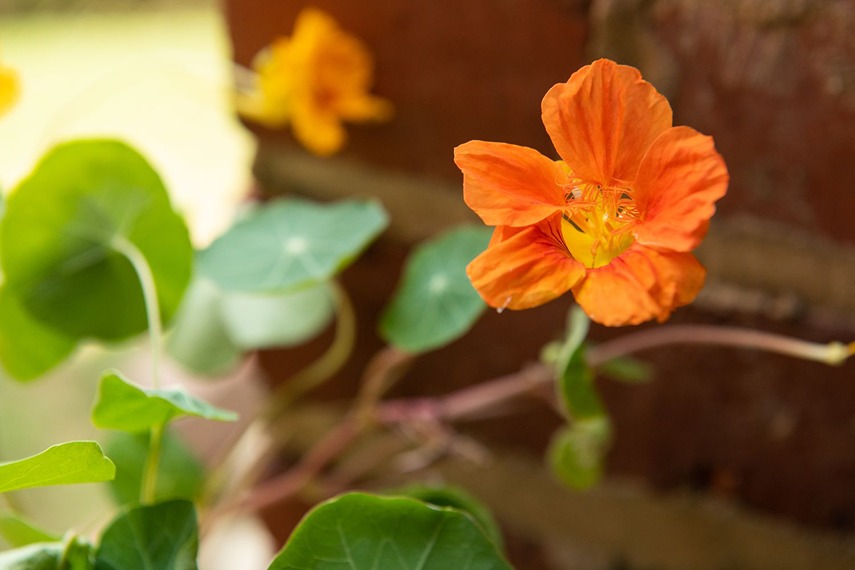
6. Native Geranium (Cranesbill)
Native geraniums, distinct from South African pelargoniums, are low-maintenance, hardy perennials that bring year-round delight to both gardeners and pollinators. They grow rapidly, require minimal maintenance, and are excellent choices for bee-friendly gardens.
Maintenance: Regularly deadhead the geraniums to extend the flowering period. If the plants start to look weary in mid-summer, rejuvenate them by removing old flowers and stems.
Soil type and location: Native geraniums thrive in fertile, well-drained soil and flourish when exposed to full sun or partial shade.
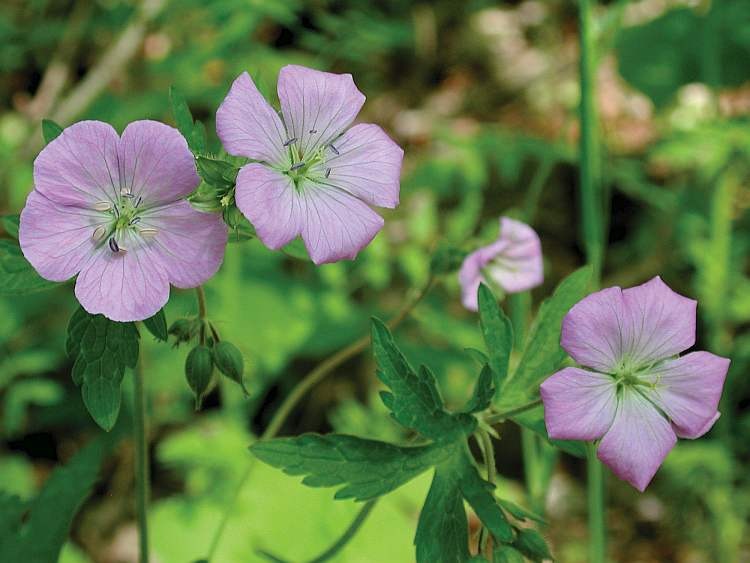
7. Nigella
Nigella, also known as “Love-in-a-Mist,” is an effortlessly grown annual flower that requires minimal care. It adds a touch of beauty to any garden and is particularly easy to grow from seed.
Maintenance: Sow the seeds directly in the desired location. Once the seedlings have grown large enough, thin them out. Deadheading the spent flowers will encourage prolonged blooming.
Soil type and location: Nigella adapts well to any well-drained soil and flourishes when exposed to full sun.
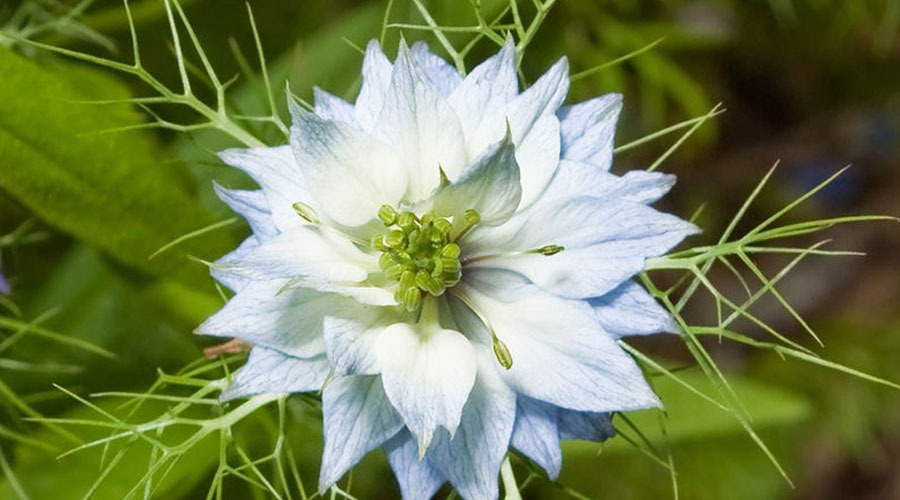
8. Pansies
Pansies, another timeless garden favorite, make excellent choices for container gardens, boasting a wide variety of sizes, shapes, and colors. Their charming little faces are sure to delight children and adults alike.
Maintenance: If you’re purchasing plug plants, simply plant them in clusters where you want them to bloom. Pansies are hardy and can be planted in late fall or early winter. If starting from seeds, it’s advisable to begin the process indoors.
Soil type and location: Pansies prefer moderately fertile, humus-rich, well-drained soil and thrive in areas with full sun or partial shade.
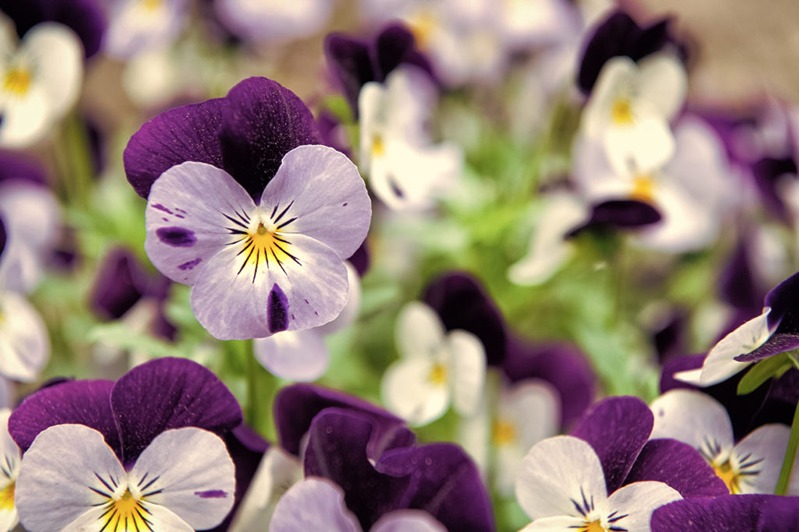
9. Periwinkle
Periwinkles (Vinca minor) are charming and straightforward flowers to cultivate, making them an ideal choice for ground cover due to their rapid growth and resilience. With over 30 varieties available, they offer a range of colors, including purple, blue, yellow, and stunning variegated foliage.
Care and maintenance
Rather than focusing on extensive maintenance, it’s important to keep periwinkles under control. Similar to mint, periwinkle tends to spread rapidly. After the blooming period (between April and May), remove any dominating weeds in the vicinity, but be assured that periwinkle will help suppress future unwanted plants.
Soil type and location Periwinkles thrive in acidic soil and prefer shady locations.
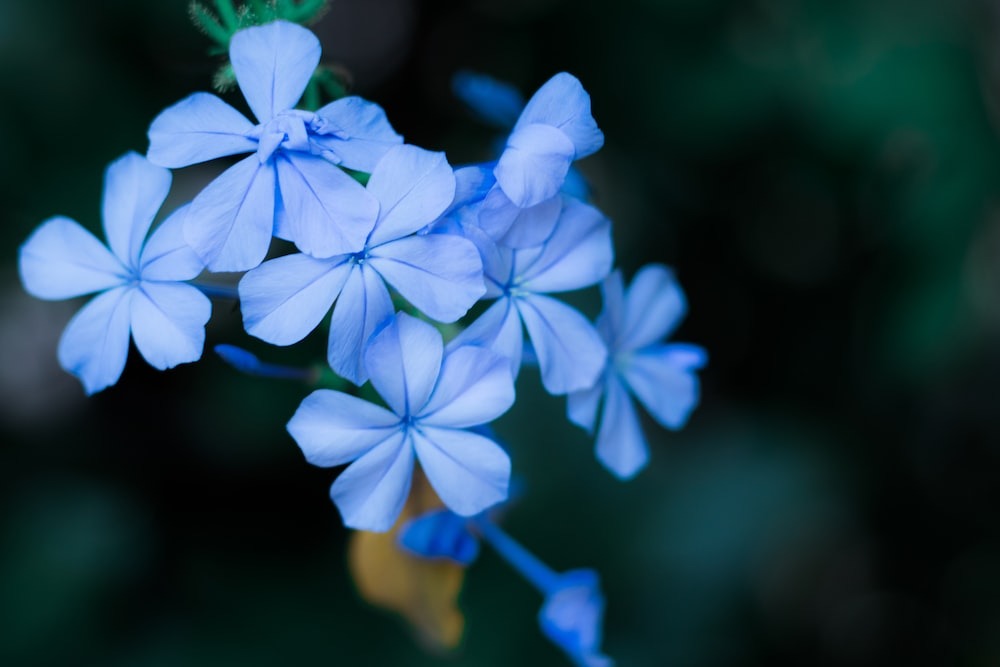
10. Phlox
Phlox, a highly fragrant herbaceous plant beloved by gardeners for generations, is a fantastic addition to borders and flower beds. Once in bloom, they require minimal attention. These flowers thrive in cooler climates as they prefer abundant moisture and don’t demand excessive sunlight.
Maintenance: Phlox benefit from additional nutrition, so fertilize and mulch them throughout the summer. It’s also important to provide plant supports until they reach maturity.
Soil type and location: Phlox thrive in fertile, moist soil and can be planted in areas with full sun or partial shade.
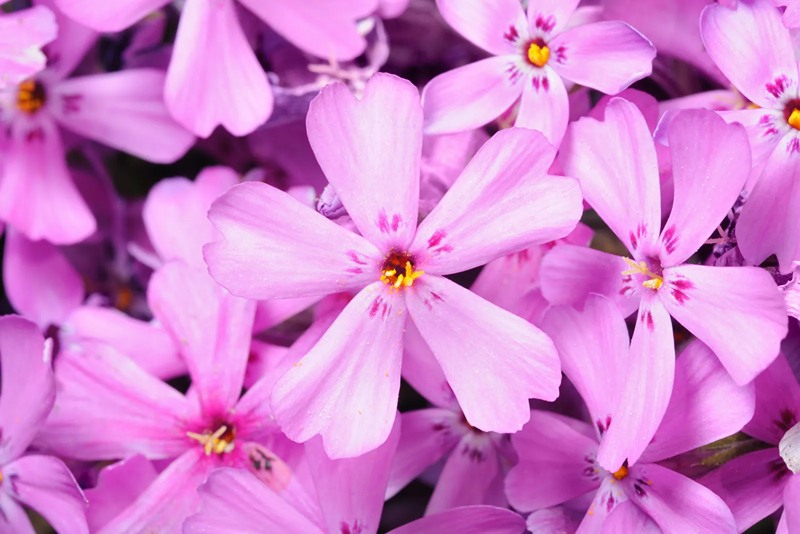
11. Sunflowers
Among the easiest flowers to grow, if not the easiest of all, are sunflowers (Helianthus). They bring delight whether planted in containers or garden borders. Sunflowers are so resilient that even a child can successfully cultivate them. With their compact sizes, dwarf sunflowers can be tucked into various nooks and crannies. Not only do these flowers provide a delectable source of nectar for bees, but they also attract other wildlife such as birds and insects.
Maintenance: To grow sunflowers, start by planting seedlings in deep pots and cover them with glass or place them on a warm windowsill until the seedlings emerge. Alternatively, you can sow the seeds directly in the desired location, but it’s advisable to cover them with netting to protect them from birds. Sunflowers require minimal maintenance, primarily regular watering.
Soil type and location: Sunflowers thrive in moderately fertile, well-drained soil. They are best planted in full sun, whether outdoors or indoors, depending on the specific variety.

12. Sweet Pea
The beloved sweet pea (Lathyrus Odoratus) possesses a captivating fragrance and serves as a delightful addition to any garden. These flowers are hardy and well-suited for wet weather conditions, including British summers. Starting them from seeds is so simple that you can even use toilet roll tubes.
Maintenance: Sweet peas develop deep roots and require ample space for their root system to flourish, necessitating a deep container. Start the seeds indoors in late winter or sow them directly in the designated area in March or April. Pinch off the tips of the plants to promote bushier growth and more abundant flowering.
Soil type and location: Sweet peas thrive in fertile, humus-rich, well-drained soil when provided with full sun.
